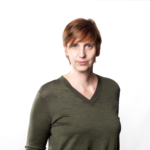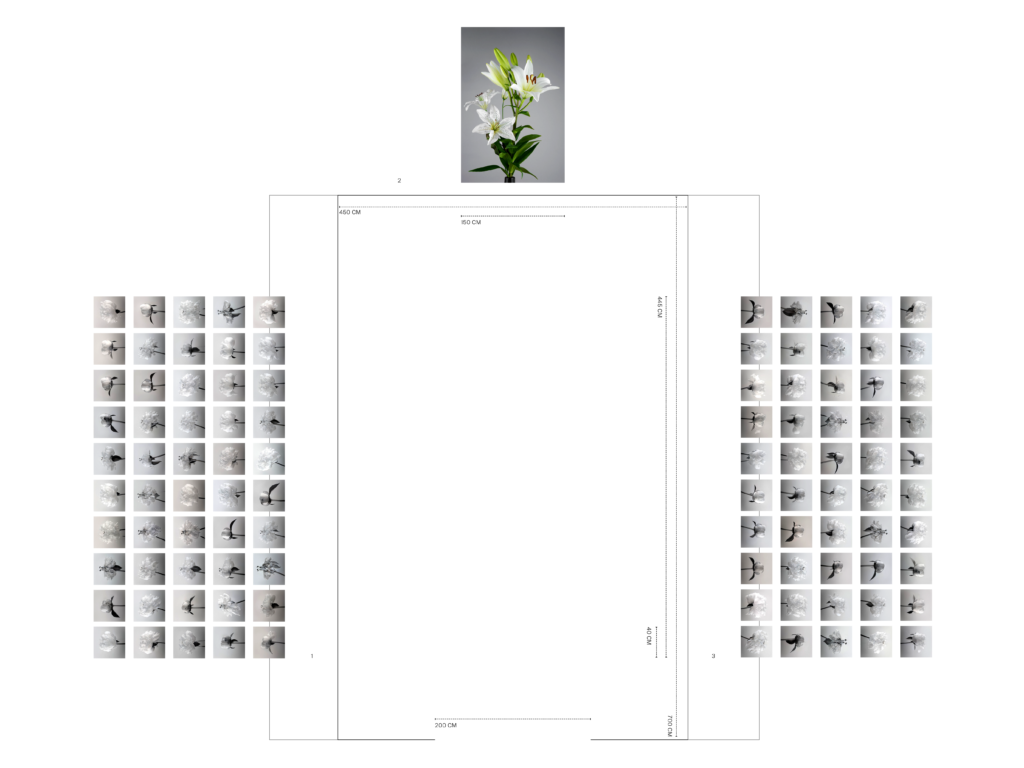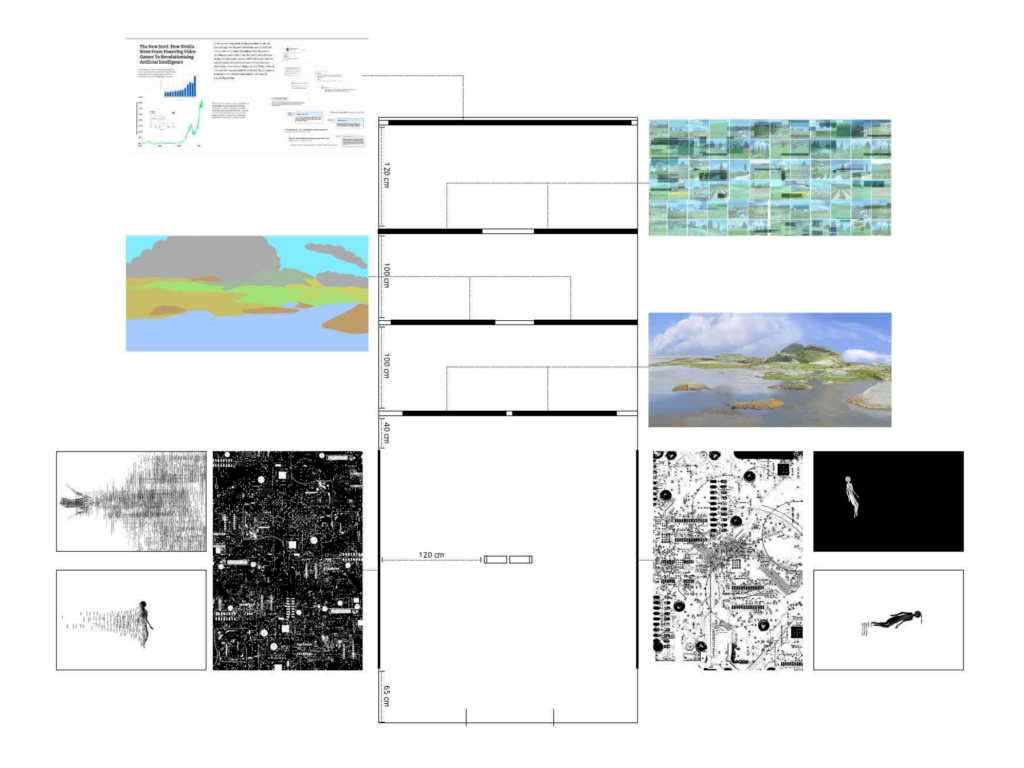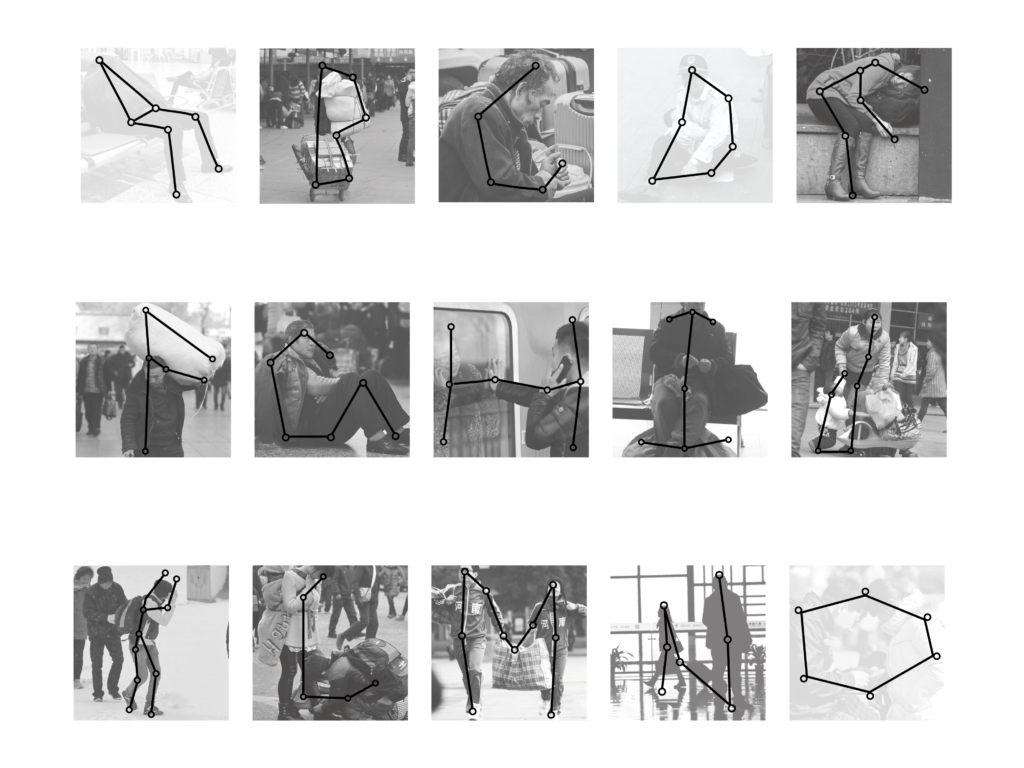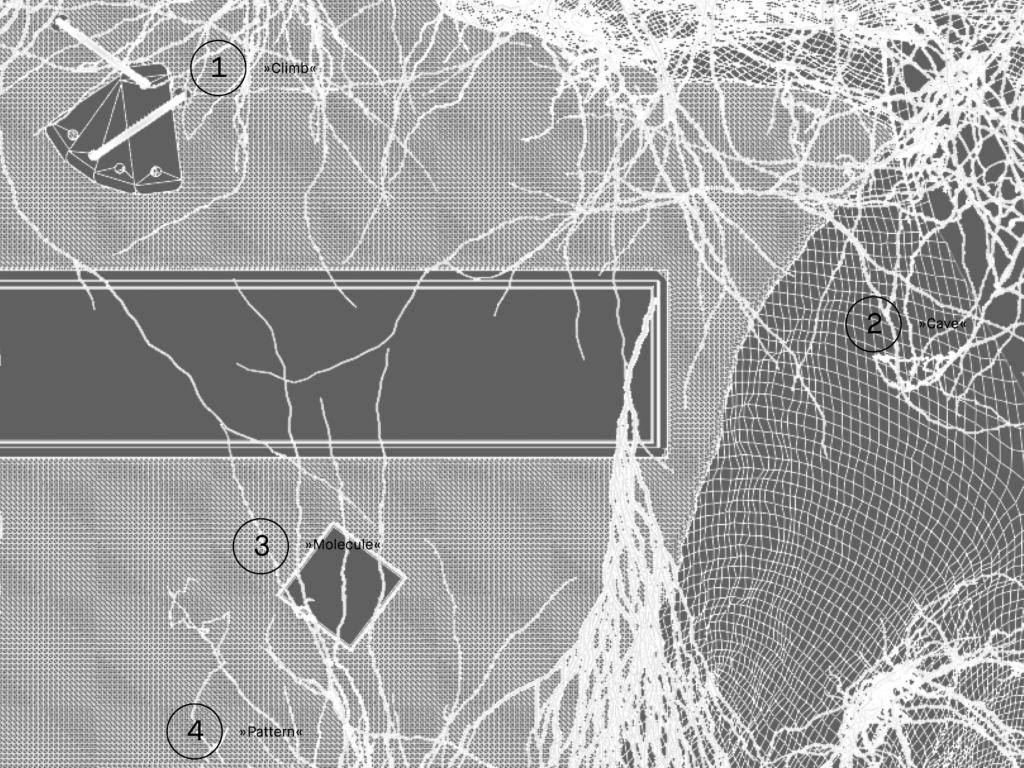Drawing on selected cases of digital modes of communication in exhibitions, the course introduced in the emerging field of hybrid exhibiting and discussed its respective aesthetic, spatial, and operational conditions and implications. It thereby provides a tentative survey of how connected communication challenge the theory and practice of exhibiting.
The contemporary communication culture is characterized by the parallel use of various social networks, messenger services, microblogging services and sharing platforms. The methods of communication are linked and take place in various channels at the same time. It can be assumed that, on the one hand, the use of mobile, internet-capable and digital end devices is increasing and, on the other hand, digital image production is rising as well. The way images are perceived and understood has changed – both in the digital and physical spheres. And digital images increasingly determine the way people interact with their physical environment.
Based on this diagnosis, designer Julian Hoffmann and social pedagogue Hendrik Krone explored the following questions in their course »The Digital in the Analogue«: How does the progressing digitization of communication and image production influence exhibition making and how do exhibitions deal with this tendency towards connected communication? Drawing on selected cases of digital modes of communication in exhibitions, such as the Hito Steyerl exhibition I will survive at the K21 in Düsseldorf, the group exhibition #4004 by Galerie Alber from Cologne and the performance Faust by Anne Imhof at the German Pavilion in Venice the course introduced in the emerging field of hybrid exhibiting and discussed its respective aesthetic, spatial, and operational conditions and implications. It thereby provides a tentative survey of how connected communication challenge the theory and practice of exhibiting. The course culminated in a conception of an experimental exhibition that reflects and makes productive use of the digitally connected communication.
The course was part of the Methods Lab 2021 of the Master’s program »Integrated Design«, organized by the teaching and research area »Design Theory and Research« (Prof. Dr. Carolin Höfler). The guest lecturers were invited by the »Integrated Interactions Lab« as a project of the Digital Learning Transfer Fellowship program funded by the Stifterverband and the Reinhardt-Frank Foundation.
Images: Matthias Grund, Marie-Louise Hilberer, Lixiao-Fang, Philipp Alfes, Sally Loutfy
